EDITOR’S NOTE: We’re delighted to share a collage of writing and photography from multiple contributors as we mark the Winter Solstice. On this shortest day—and longest night—of the year, we are reminded of our connection to the natural world, of death and renewal, of light and dark. I hope you enjoy these selections of poetry, prose, and images as we move together through this dark night into tomorrow’s new light.
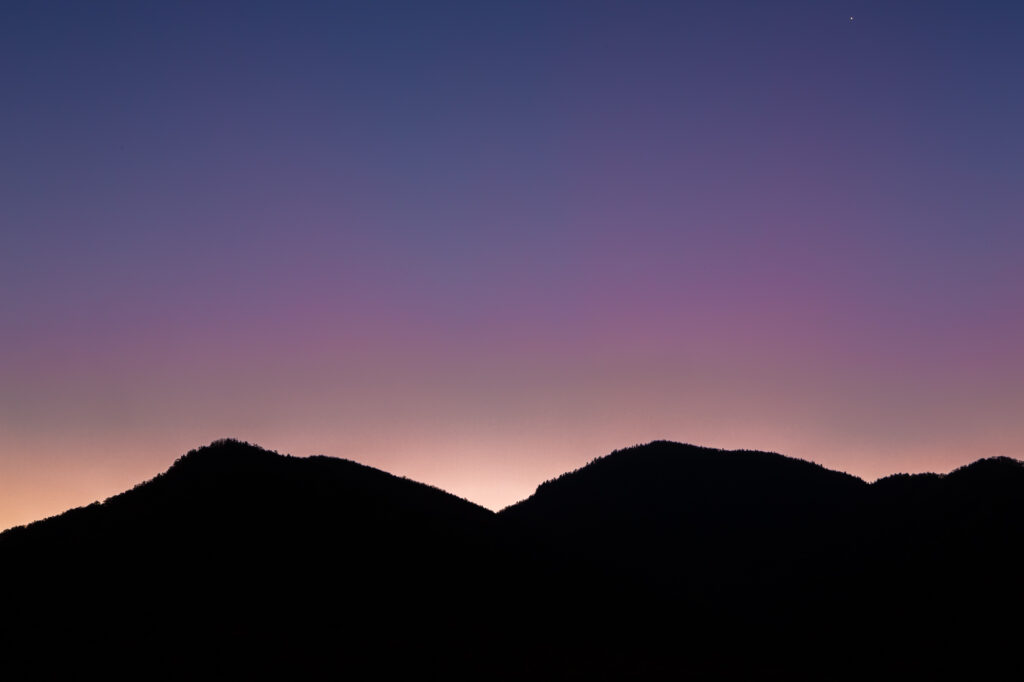
Winter Benediction
By Catherine Johnston
May you receive this night
with resting eyes and open hands.
May you receive a disappearing sun
as the slow molecules of air ease your body into tenderness.
May you receive a broken faith and messy kitchen,
regret and unchecked to-dos,
my eyes warming into yours,
golden ring of coffee on our nightstand.
Receive the warm wax drips and slippery sidewalk,
embering hearth and plump red berry,
shivering bird in shimmering song.
May we receive this one unbroken love
we and the world are making.
We welcome the dark to blanket our being.
We welcome the stillness with gladness,
with rest.
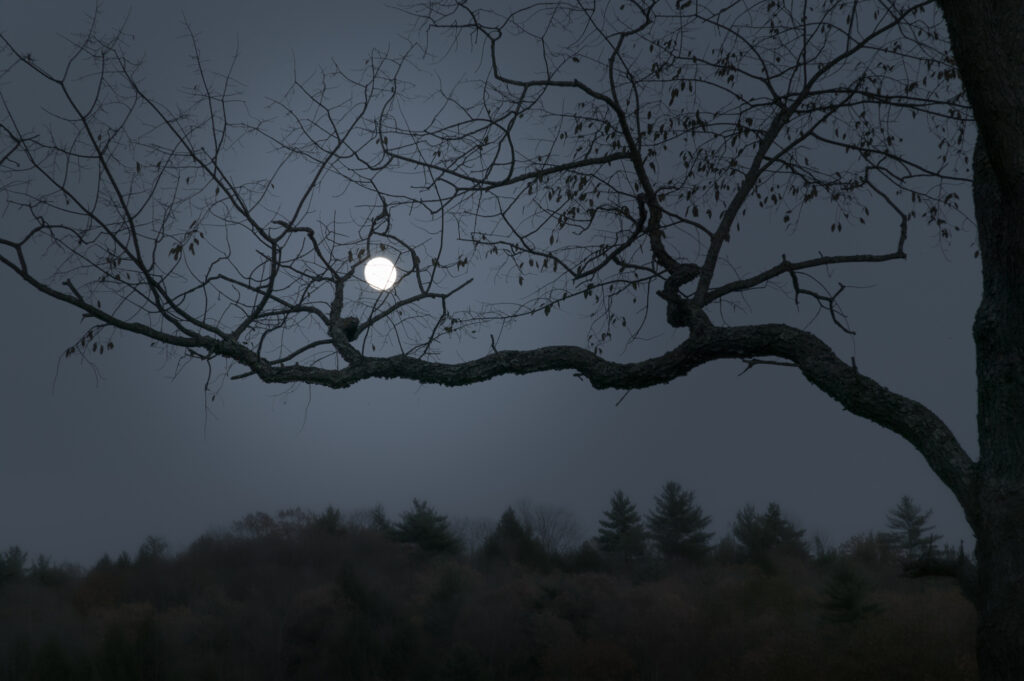
Finding God’s Love in the Shape of Darkness
By Janet Davis
It was a single line in a brief homily (sermon).
“All the major movements of our faith happened in the dark: the Creation, the Exodus, the Incarnation, the Crucifixion, and the Resurrection,” said Father Peter.
To tell you the truth, I didn’t believe him. But I checked. He was right.
The questions began:
What happens in darkness…in addition to, well, it being dark?
How does God’s love show up in darkness?
Are these darknesses the same or could they be differently shaped?
As I pondered, my thoughts landed a few places—places that connected surprisingly well with my own stories of a long, dark night.
Creation
God’s love hovers over darkness, moving our world from chaos to ordered goodness through the verbs of Genesis 1: spoke, saw, separated and gathered, made, placed, named.
More than fifteen years ago, when our 23-year-old-first-week-law-student son was diagnosed with a brain tumor, it felt like the shape of chaos descended on our lives and futures. God’s love looked like months of copious testing, very long medical appointments, breath-taking fears, and copious tears. Five months later, the tumor was named and a plan for treatment was in place. This was going to be a long, dark night.
The Exodus
When we are trapped in darkness with the shape of barriers on all sides, God’s love opens a new way.
But what do you do when the best plan for treatment means a three-month stay in Boston for a particular radiation machine and requires finances you don’t have? Wait? Watch? More like weep, wail, and worry! God’s love looked like friends and family and strangers generously giving to us through the initiative of dear friends. Barriers fell and we walked forward.
The Incarnation
Darkness is not deadness, rather it can be the dynamic, womb-shaped birthplace of new life. God’s love plants babies in the womb and seeds in the ground that new life might spring forward.
I did not expect to find so many kinds of new life on this cancer journey. They came anyway: enduring friendships, lessons in receiving, the humility of need, gratitude beyond words, good times in a new city, and, most importantly, the withering of the tumor with few immediate side effects. New life seemed to multiply as I found myself recording concrete details of my experiences of God’s comfort, words that brought glimpses of that same comfort to others.
The Crucifixion
Light is only experienced by us when contrasted with darkness. The love of Eden is an innocent, untested love linked to naivete and perfection. God’s love suffers and endures, revealing itself in the darkness.
God’s love suffered with us. In the midst of terror and tears, traumatic hours of unexplained post-biopsy unconsciousness, family tensions, a friend’s daughter we’d never met searching for a pre-Airbnb short-term lease in a strange city, more MRIs, more CAT scans, treatment risk conversations, initial decisions changing over time, flights to and from as parents rotated to tend to home, big city loneliness, parenting failures on multiple fronts, carrying loads of groceries home uphill (always uphill when you live on a hill), and the blustery wind and deep chill of a Boston spring. This darkness was shaped and softened by God’s suffering-with presence every step of the month’s long way.
The Resurrection
The night is as bright as the day. Even in the grave, God’s love transforms.
“…autumn leaves,
scattering, half-rotten,
seeding the future,
becoming fertile food
for sleeping rose roots.”1
I wanted to be transformed from a terrified mother to one who felt a new sense of assured safety for her son. I wanted resurrection to look like this tumor definitely resolved, all risk eliminated. That dream had to die. Cancer and cancer treatment side effects don’t work that way. A new void-shaped darkness came. It seems we don’t get to choose the shape of our darkness or the outcome of our resurrection. Nevertheless, somewhere along the way, I found a less certain and oddly clarified peace. I felt safer because I belonged to a community of loving people. I discovered more respect for God’s creativity and greater confidence in unexpected provision. I became stronger and more resilient than I knew. I developed eyes to see the many and varied faces of God’s love and comfort surrounding me when I am in pain and need. In the midst of the darkness, I was made new.
Where do your thoughts take you on this winter solstice, the longest night of the year?
What is the shape of your darkness?
Where is God’s love within it?
Keep watch, dear Lord, with those who work, or watch or weep this night, and give your angels charge over those who sleep. Tend the sick, Lord Christ; give rest to the weary, bless the dying, soothe the suffering, pity the afflicted, shield the joyous; and all for your love’s sake. Amen.2
1 I am Changing by Alla Renee Bozarth, The Book of Bliss, pg. 91
2 Book of Common Prayer
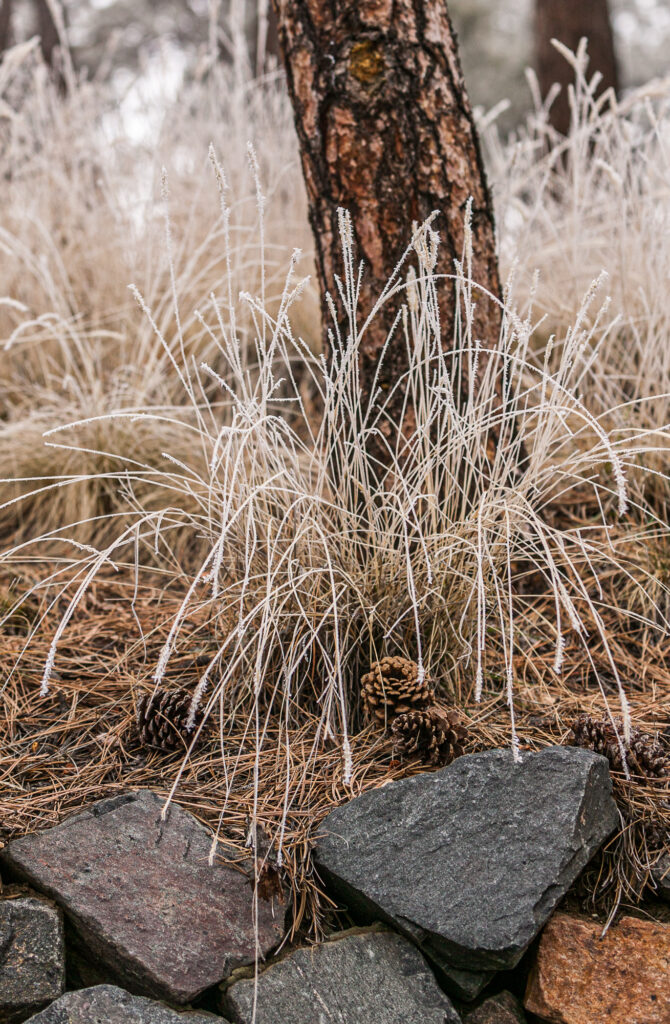
The Blow Poke
On winter evenings
we carried logs
from the stack by the side
of the front door,
placed them deliberately
in the fireplace
back enough so smoke
flowed up the chimney
not out into the room
except a few wisps that wandered forth
filling spaces with pine scents
that lingered into spring.
My boy handed me kindling,
mostly sticks
we gathered in the yard
fallen from redbuds and
the old cottonwood tree
the treasured companion’s contributions
for creating a flame to warm us.
I picked up yesterday’s newspaper
lying on the floor by the couch,
pulled apart a page or two,
crumpled and stuffed it gently
beneath the laid fire.
I struck the long matches.
We watched the dancing blaze
begin.
He sat beside me,
grasped the blow poke,
the long brass tube,
its mouthpiece near his lips
like a trumpet about to be played
announcing the ignited presence
of light
then fed it with breath blasts.
Breath—light
breath—light
an omen
a truth
revealed.
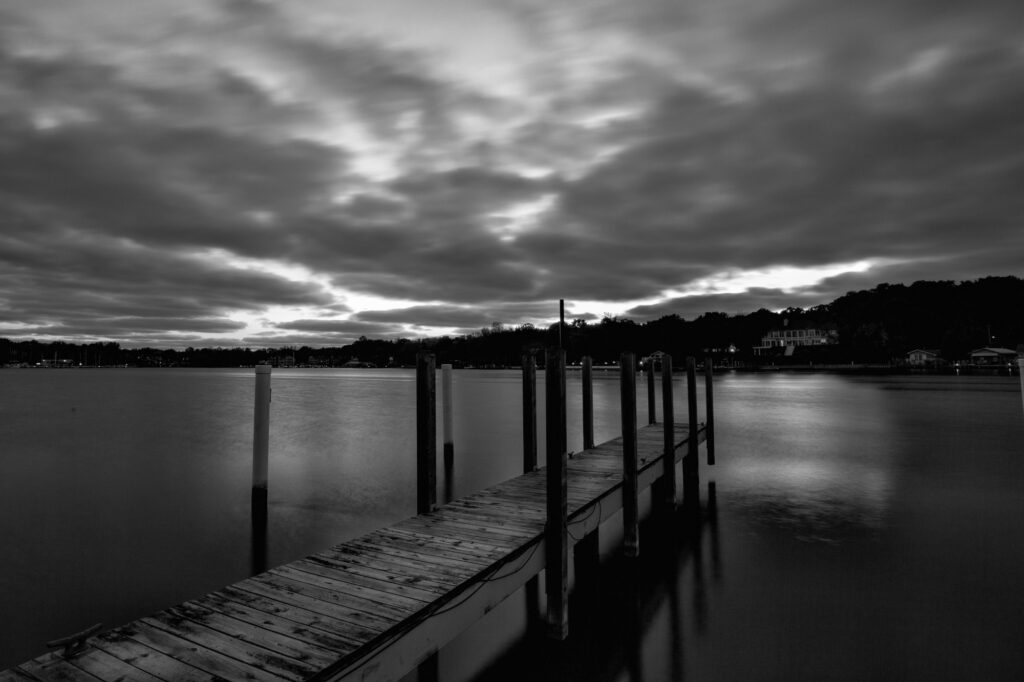
Holding Sacramental Moments
By Sally Lombardo
One of the things that continues to amaze me about chaplaincy work is the way some moments—ordinary moments full of tubing and machines and tired staff—can suddenly feel holy. It’s as if an invisible hand has drawn a geometric shape within the room that includes the chaplain and patient; the rest of the space fades away.
On a slow and ordinary day a few weeks ago, I was paged to a room where the door sign read, “Cognitively Impaired.” I expected a quiet, dark room and a non-verbal patient, similar to rooms I was accustomed to in Rehab hospitals. However, when I entered, the window curtains were open and light flooded the space, even as rain pounded the sill outside. Three women sat on a couch at the far end of the room speaking quietly to each other. An aide worked at the side of the bed, as if to loosen its brakes and move the sleeping patient away. The scene did not make sense.
I studied the patient, an elderly woman, from the bedside. One of her contracted arms ended in a stump near her face. A leg protruding from the sheet’s edge revealed the same blunt, almost grotesque, and confusing dead end. I thought about what I knew of causes for lost limbs—diabetes, circulation issues, necrotizing skin disorders. I was silent, but kept feeling I should say a greeting of some kind since often non-verbal people can hear.
The patient lay still, her eyes shut and jaw clenched, her tanned and wrinkled skin a stark contrast against the white sheets. Her contorted face evidenced a struggle though she seemed unaware of any activity in the room. She appeared frozen in a curled-up position, as if protecting herself from the world. I was reminded of Dorothea Lange’s artfully humanized subjects. Later, I reflected on the irony that Lange herself suffered a virus that left her physically impaired.
In my own discomfort, I looked up to join the other women’s conversation in my broken Spanish. The talk was of everyday things—their mother’s clothing, where to do wash in the hospital, where to eat dinner when one cannot leave. The conversation soon became secondary, like the rain in the background. I tried to listen, but found myself turning back to the patient. I wondered why she was being taken to another surgery. I wondered if the rain would turn to snow.
In spite of the sorrowful reality draping the scene, grace was writing another story. The woman’s face was full of beauty—her spiritual presence loomed large, centered, as if at an altar. I felt the invisible hand draw an imperfect shape around us. As I listened to the holy presence, time expanded. The room seemed to grow dim and lengthen into narthex, nave, chancel, altar. The moment seemed a holy one, apprehending even the common weariness of the daughters, the jerking movements of the attendant struggling with the bed, the outside light dimming.
The attendant motioned that it was time for the patient to be moved. But the sacredness of her anguished face, the brokenness from sacrifices her hands once made for her daughters held my attention. I motioned for the aide to wait, then placed my own hands on the woman’s legs at the end of the bed. I remembered the meaning of sacrament— a ritual imparting divine grace, a symbol of a spiritual reality. This is my body which was broken for you. One by one the daughters moved from the “nave” to the “chancel rail” and wept silently as rain continued outside. Our chance encounter was holy. Registering the weight and the beauty of silence and sorrow, I cupped my hands to hold this sacrament.

Rounding the Curve
Night arrives earlier,
now lingering longer
into day.
Leaving home
in darkness
I am aware
I could
st
um
ble.
Once I flew
into mornings
as if
on wings.
Now I move
mindfully…
imaginal cells
cocooned
in the season
of darkness.
Silently
I anticipate
rounding
the
curve,
turning again toward
the season of light.
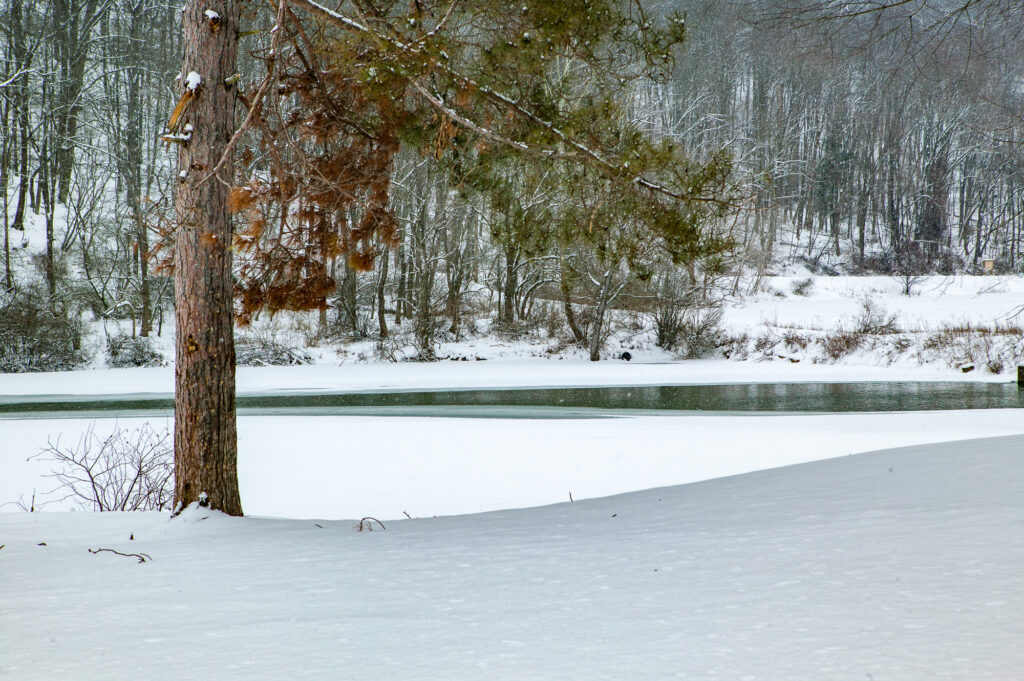
Reciprocity
By Catherine Johnston
My aunt broke her hip on the ice, slipped
while carrying a bowl of boiling water
to melt the birds’ frozen bath
concerned as she was for their survival.
What’s to be gained by loving a bird?
Do they love us back in the way
their feathers grace us with reminders
to pay attention? Where is the molecular
division between you and the bird,
between your own fascia and ligament,
between your breath and alveoli,
between your breakfast and
the thought you just had? Each is
bound seamlessly to the next,
the division only a matter of where
you choose to draw a line.
My aunt drew no lines.
She and the world loved
one unbroken whole.
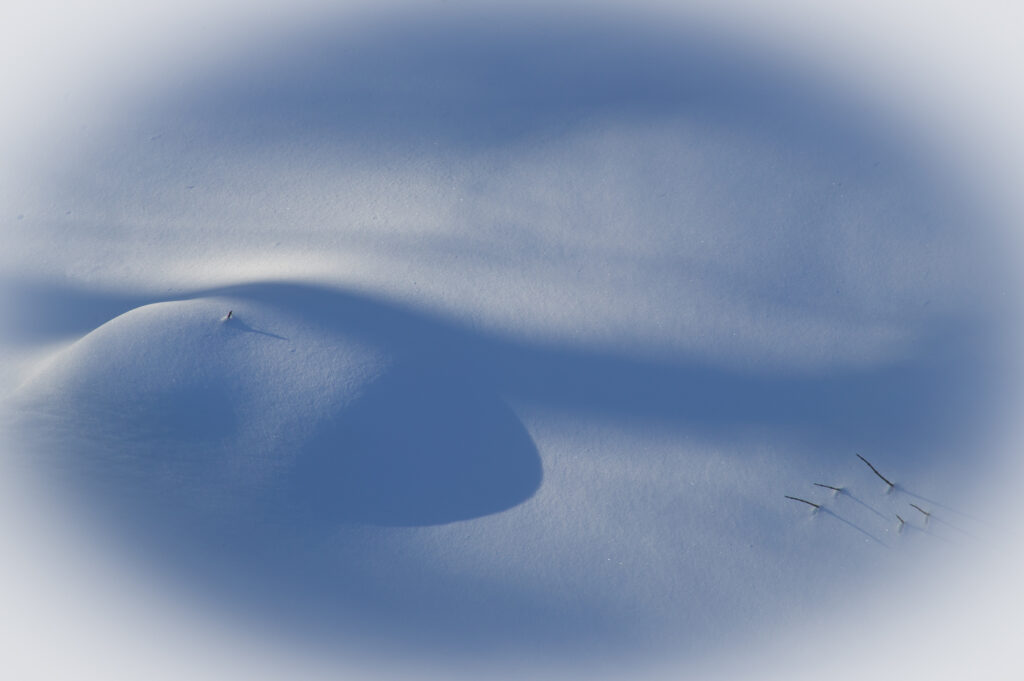
Womb of Wonder
Darkness deepens
as autumn’s splendor
waves farewell.
Glorious Death
ushers in
the season
of Divine Repose.
Within this sacred
Womb of Wonder
May that which
yearns to take seed
take seed
root deeply
spread branches
and grow.
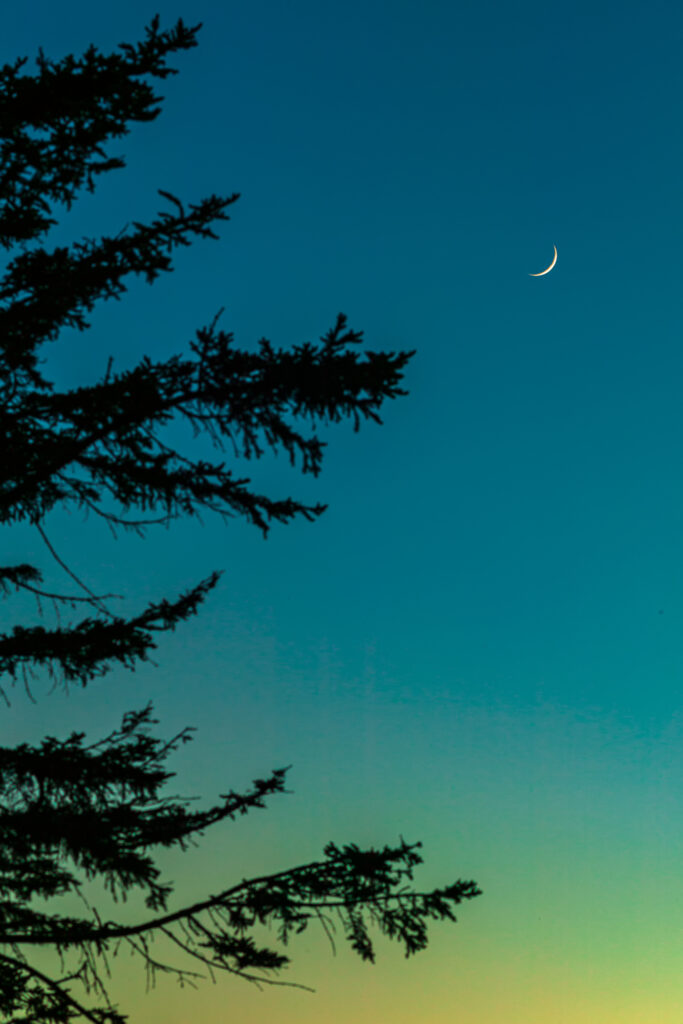
When You Awake, Before You Arise
By Catherine Johnston
Listen to the earth
Who awoke before you.
Listen to the air
Who arose before you.
Listen to your breath
Who has never once slept.
Listen to the stillness
Who is with you
always, if you listen.

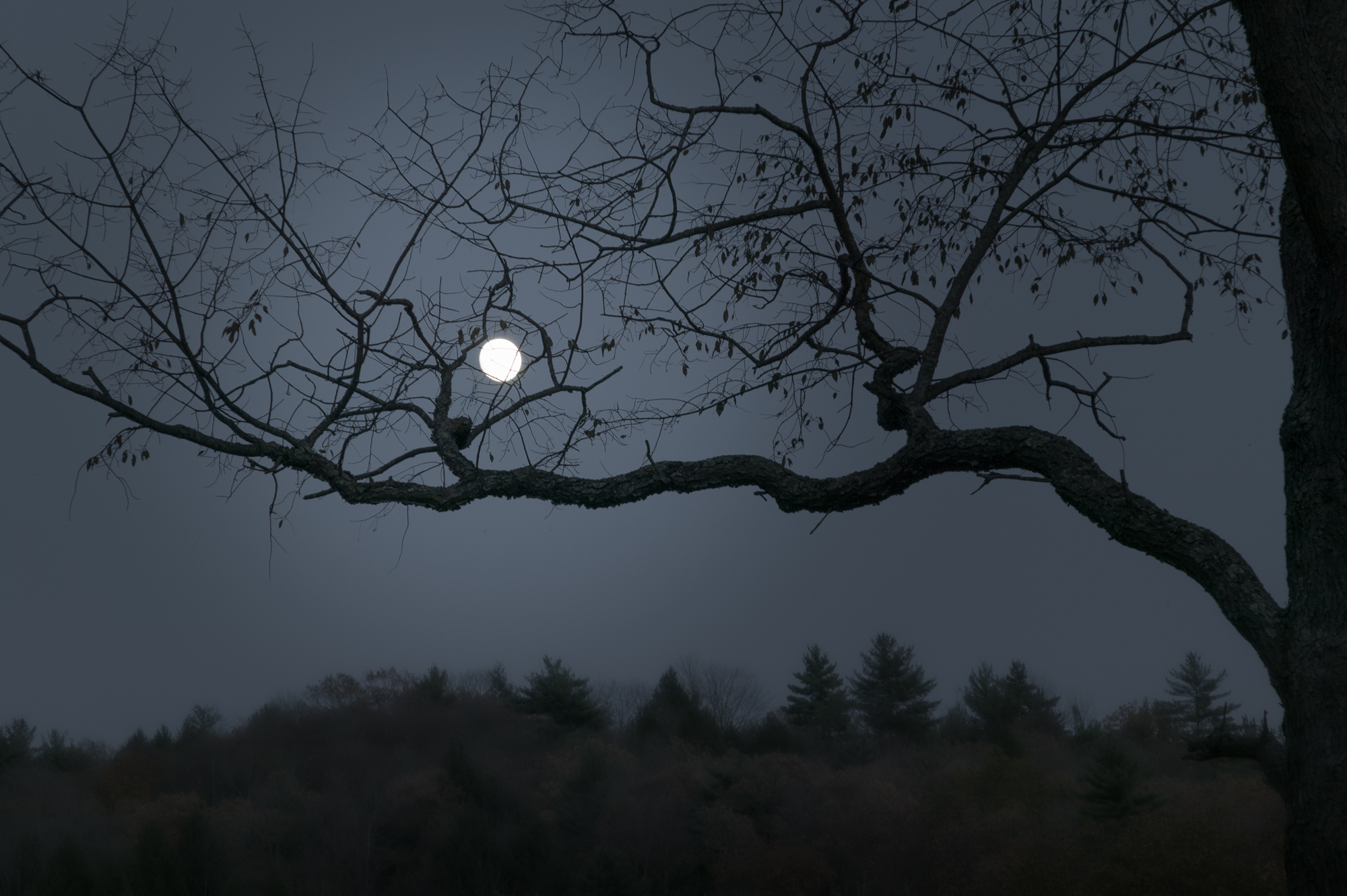
One Response
Very creative, intensely personal words and images come together so beautifully, thank you! Our short-lit day fittingly obscured by low clouds and cold all around the country.